DNA is ubiquitous in the environment, and this property can be utilised for a variety of applications.
Environmental DNA (eDNA) is a term that encompasses all of the DNA extracted from complex multi-species biological substrates such as water, biofoul, sediment, or faecal material.
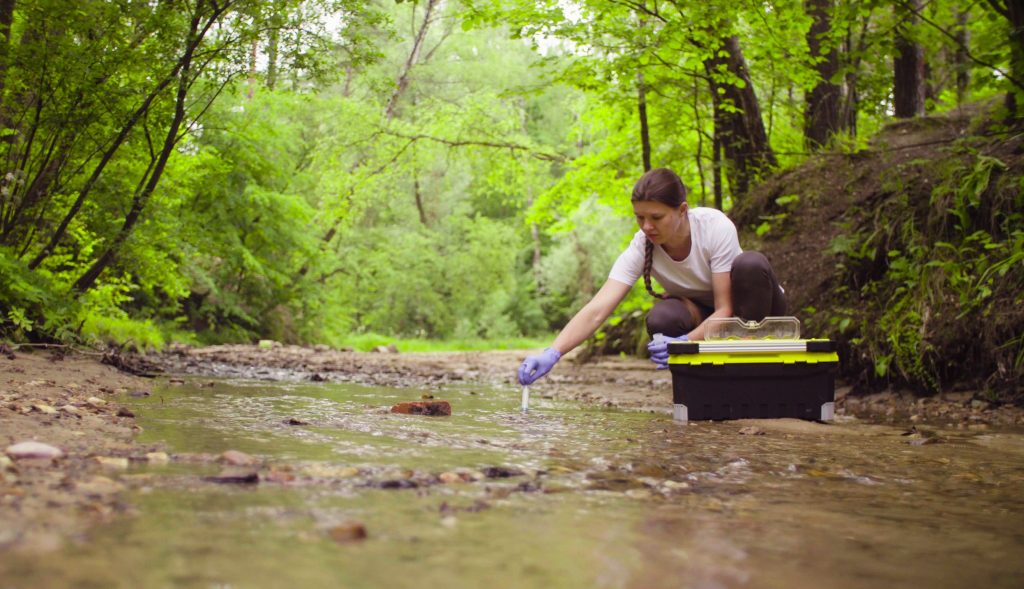
Analysis of eDNA using qPCR or metabarcoding delivers a wealth of information for studies of biodiversity, food web dynamics, diet analysis and invasive species monitoring.
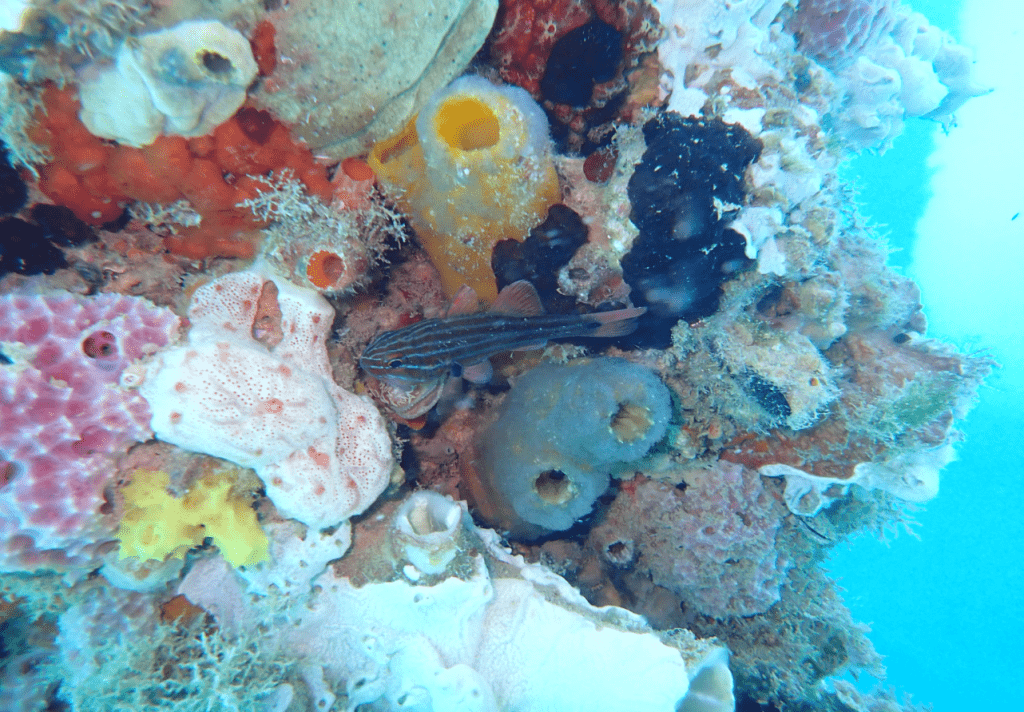
Testing environmental samples for the presence of DNA removes the need to observe, collect and identify organisms, and instead provides a rapid and simultaneous assessment of entire communities across taxonomic groups from an environmental sample.
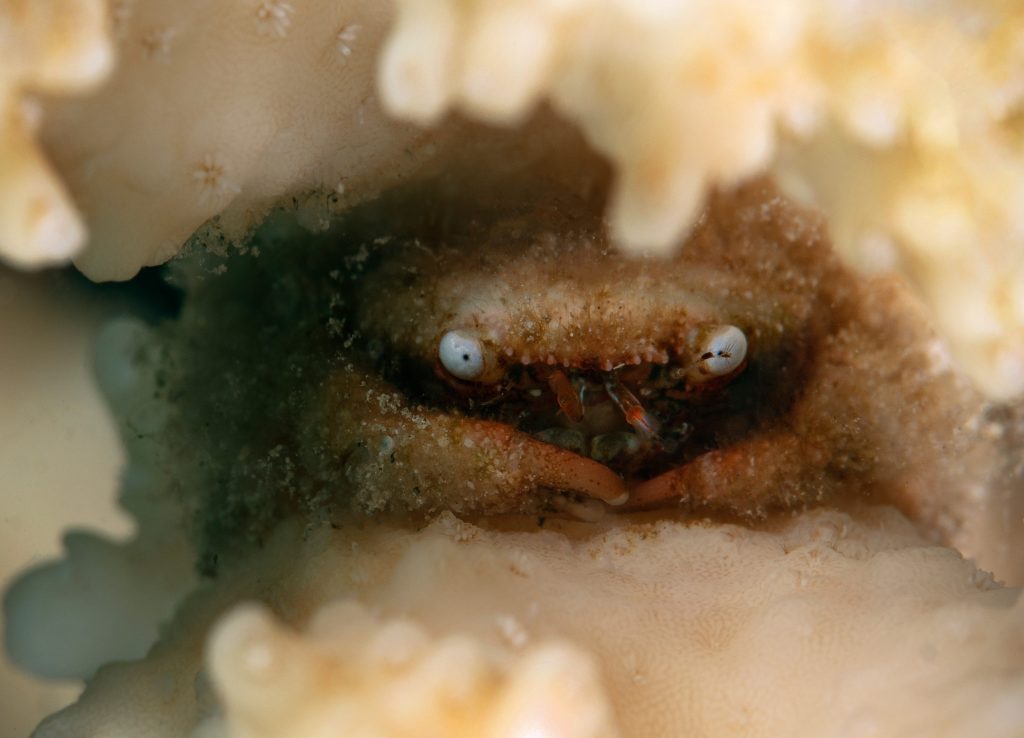

What are you interested in?

Collect and send

Extract and process

Discover



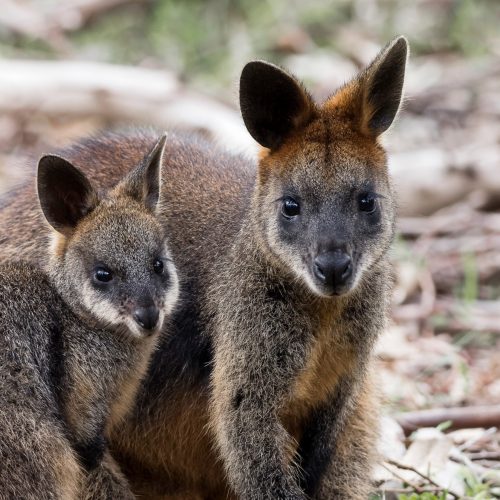
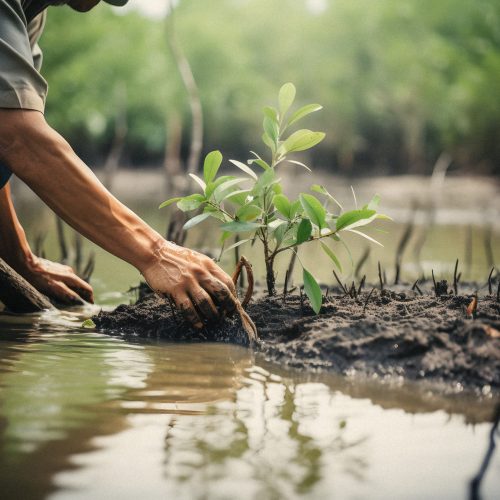

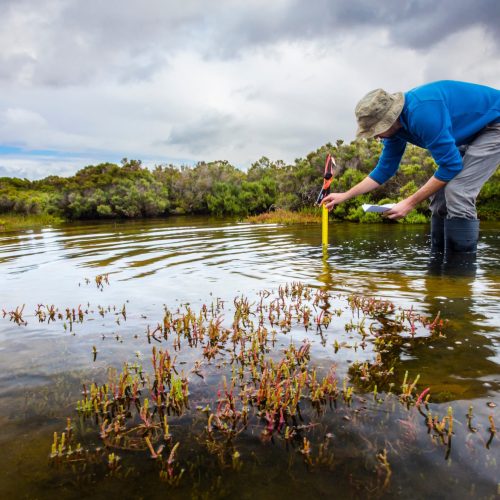
Using environmental DNA allows us to examine our biodiversity more efficiently and accurately than traditional surveying methods, allowing environmental assessments to be completed in a fraction of the time and potentially saving millions of dollars in surveying costs.
eDNA can be used for a vast array of studies, and is transforming the way we undertake environmental assessments and monitoring.
Contact us today to find out how we can help you improve your project outcomes.
